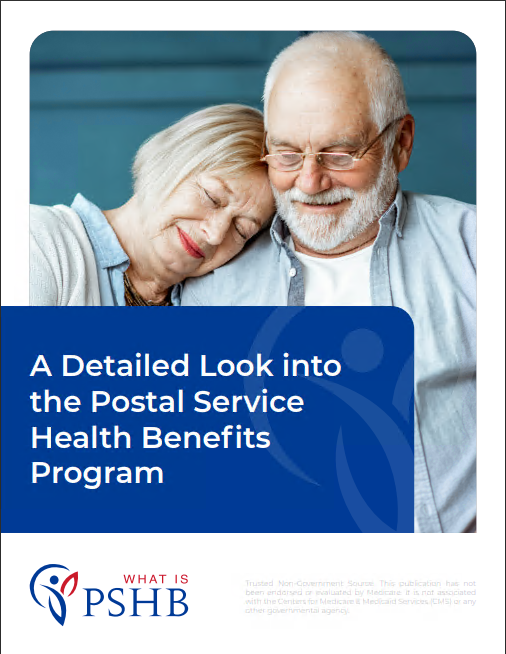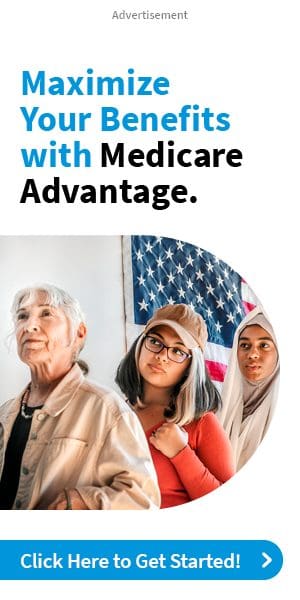How Medicare Works in Conjunction With PSHB
Understanding how Medicare works alongside the Postal Service Health Benefits (PSHB) program is essential for postal service employees and retirees as they navigate their healthcare options in retirement. In this guide, we’ll explore how Medicare coordinates with PSHB, including eligibility, enrollment, coverage options, and considerations for dual coverage. By understanding how Medicare works in conjunction with PSHB, postal service employees and retirees can make informed decisions about their healthcare coverage and ensure comprehensive benefits in retirement.
Overview of Medicare
Medicare is a federal health insurance program that provides coverage for individuals aged 65 and older, as well as certain younger individuals with disabilities or specific medical conditions. The Medicare program consists of several parts, each covering different aspects of healthcare services:
Medicare Part A:
Medicare Part A provides coverage for inpatient hospital care, skilled nursing facility care, hospice care, and some home health services. Most individuals are automatically enrolled in Medicare Part A at age 65 if they or their spouse have paid Medicare taxes for a certain period.
Medicare Part B:
Medicare Part B provides coverage for outpatient medical services, including doctor visits, preventive care, outpatient surgeries, and durable medical equipment. Enrollment in Medicare Part B is optional and typically requires payment of a monthly premium.
Medicare Part C:
Medicare Part C, also known as Medicare Advantage, allows individuals to receive their Medicare benefits through private health insurance plans approved by Medicare. Medicare Advantage plans often include additional benefits beyond traditional Medicare, such as prescription drug coverage and wellness programs.
Medicare Part D:
Medicare Part D provides coverage for prescription drugs, helping individuals afford the cost of their medications. Like Medicare Part B, enrollment in Medicare Part D is optional and typically requires payment of a monthly premium.
Eligibility for Medicare
Eligibility for Medicare is based on age, disability status, and other qualifying criteria. Most individuals become eligible for Medicare at age 65, regardless of their employment status or enrollment in other health insurance programs. However, individuals under the age of 65 may also be eligible for Medicare if they have a qualifying disability or medical condition.
Age-Based Eligibility:
Most individuals become eligible for Medicare at age 65, provided they meet certain citizenship and residency requirements. Age-based eligibility allows individuals to enroll in Medicare Part A and/or Part B during their Initial Enrollment Period (IEP), which typically begins three months before their 65th birthday and ends three months after.
Disability-Based Eligibility:
Individuals under the age of 65 may be eligible for Medicare if they have been receiving Social Security Disability Insurance (SSDI) benefits or certain Railroad Retirement Board (RRB) disability benefits for at least 24 months. Disability-based eligibility allows individuals to enroll in Medicare Part A and/or Part B once they have been receiving disability benefits for the required period.
How Medicare Works With PSHB
For postal service employees and retirees who are eligible for both Medicare and the Postal Service Health Benefits (PSHB) program, understanding how the two programs work together is essential for maximizing coverage and minimizing out-of-pocket expenses. Here’s how Medicare works in conjunction with PSHB:
Coordination of Benefits:
When an individual is enrolled in both Medicare and PSHB, the coordination of benefits rules determines how claims are processed and paid by each program. Generally, Medicare is the primary payer for covered services, and PSHB may provide secondary or supplemental coverage for services not fully covered by Medicare.
Primary and Secondary Coverage:
Medicare typically serves as the primary payer for healthcare services covered under both Medicare and PSHB. PSHB may then provide secondary or supplemental coverage for services not fully covered by Medicare, such as deductibles, co-payments, and services excluded from Medicare coverage.
Prescription Drug Coverage:
Postal service employees and retirees enrolled in both Medicare and PSHB may have access to prescription drug coverage through Medicare Part D and/or PSHB plans that offer prescription drug benefits. Understanding how prescription drug coverage works under both programs is essential for accessing needed medications and minimizing out-of-pocket expenses.
Considerations for Dual Coverage
While dual coverage with Medicare and PSHB can provide comprehensive benefits, there are several considerations for postal service employees and retirees to keep in mind:
Enrollment Timelines:
Understanding enrollment timelines for both Medicare and PSHB is crucial for avoiding coverage gaps and penalties. Individuals should enroll in Medicare Part A and/or Part B during their Initial Enrollment Period (IEP) to avoid late enrollment penalties and consider their options for PSHB enrollment based on retirement status and eligibility criteria.
Plan Selection:
Postal service employees and retirees should carefully evaluate their options for Medicare and PSHB plans to ensure they select coverage that meets their healthcare needs and budgetary constraints. Comparing plan benefits, costs, provider networks, and prescription drug coverage is essential for making informed decisions.
Coverage Coordination:
Understanding how benefits are coordinated between Medicare and PSHB can help individuals maximize coverage and minimize out-of-pocket expenses. By knowing which program serves as the primary payer for specific services and how secondary or supplemental coverage applies, postal service employees and retirees can navigate their healthcare options more effectively.
Conclusion
Navigating Medicare in conjunction with the Postal Service Health Benefits (PSHB) program requires careful consideration of eligibility criteria, enrollment timelines, coverage options, and benefits coordination. By understanding how Medicare works alongside PSHB and considering the implications of dual coverage, postal service employees and retirees can make informed decisions about their healthcare coverage in retirement and ensure comprehensive benefits for themselves and their families.
Ready to learn more about how Medicare works with PSHB? Explore our resources and discover how to navigate healthcare options as a postal service employee or retiree.
Stay tuned for more informative content on retirement planning and healthcare benefits for postal service employees.
Featured Articles
Licensed agents are available to help you find the best Medicare plan for you.
Working with a licensed agent can simplify your PSHB & Medicare experience.
Feedback For What Is PSHB
Let us know what you think!








